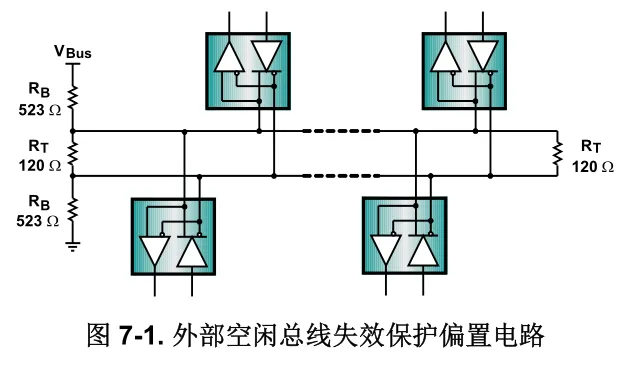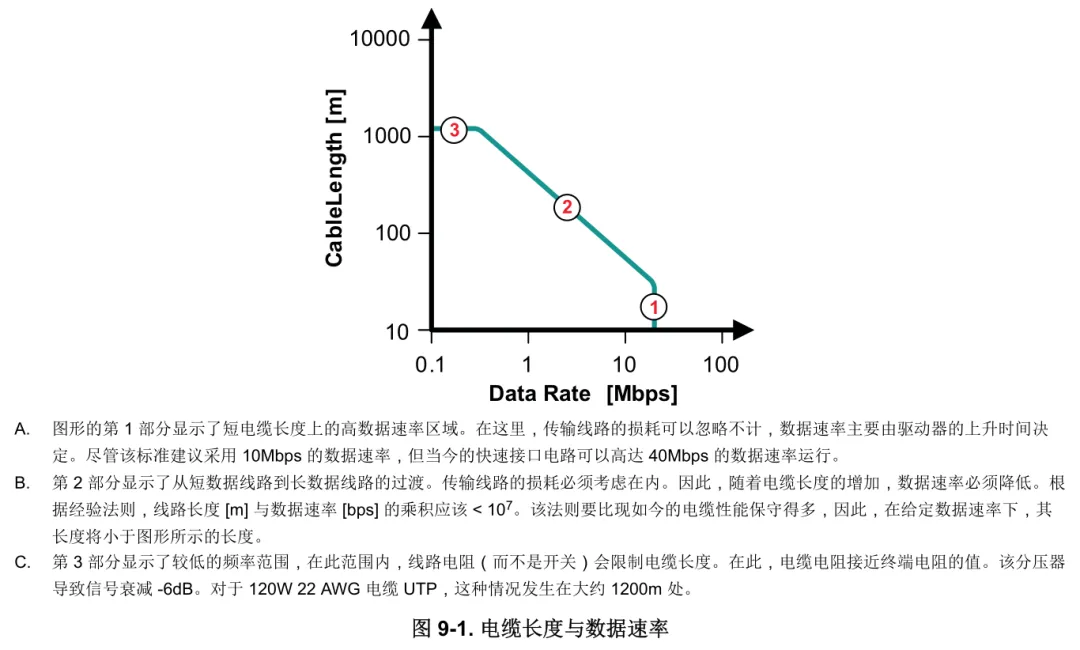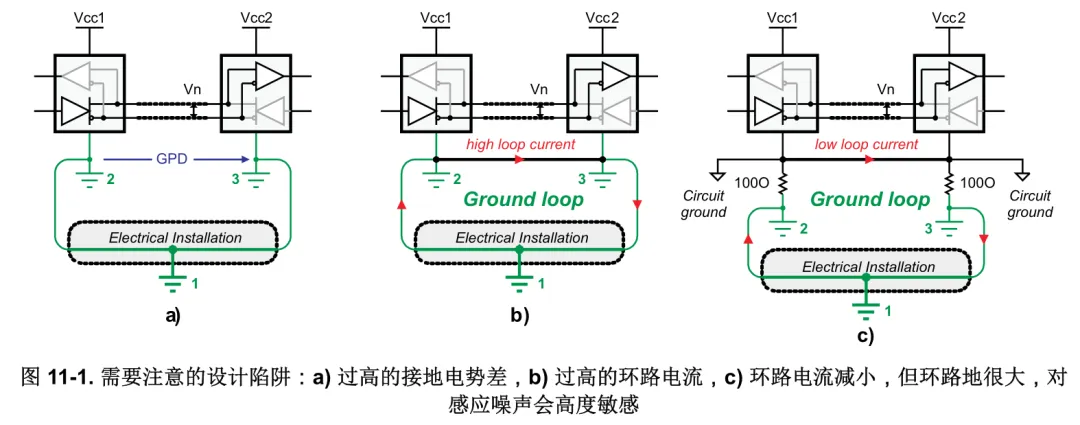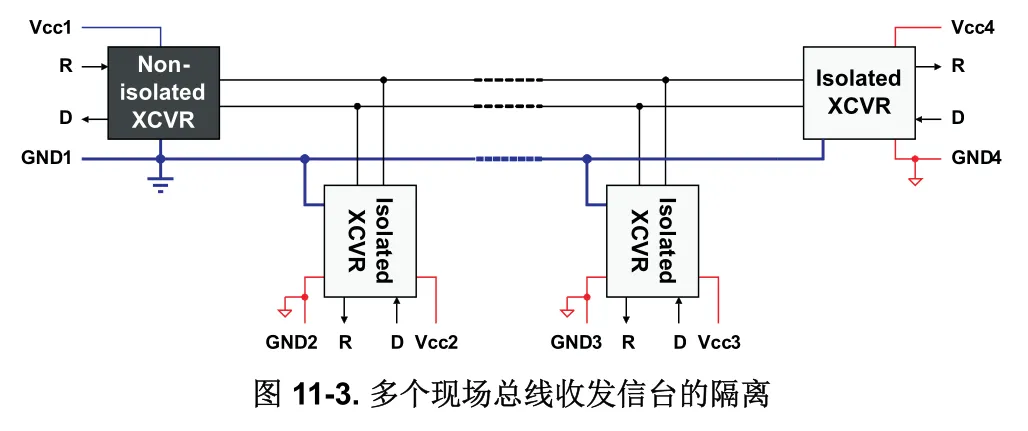

















Circuit Diagram Collection
Common Analog Circuits | Op-Amp Circuits | Protection Circuits | EMC Standard Circuits | Power Supply Circuit Collection | Practical Control Circuits | Microcontroller Application Circuits | Waveform Generator Circuits | Automotive Circuit Collection | 555 Circuits | Small Appliance Circuits | 9 Basic Module Circuits | Schematic Abbreviations | Circuit Symbols
Getting Started Basics
Circuit Basics | Digital Circuits | Oscilloscope Basics | Multimeter Usage | Signal Integrity | Grounding Knowledge | Embedded Basics | STM32 Basics Summary | C Language Key Points
Components
Resistors | Capacitors | Inductors | Diodes | Transistors | TVS | Thyristors | MOSFETs |IGBTs | Sensors | Relays | Component Equivalent Circuits| Complete Guide to Component Selection | Component Faults
Join the Community
Welcome to join the 【Hardware Engineer Exchange Group】, to discuss technology topics together.
